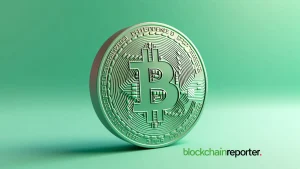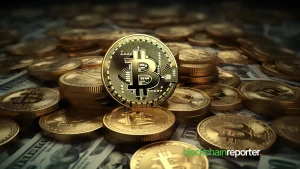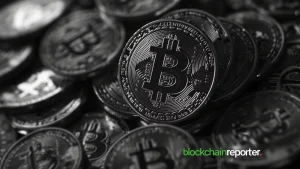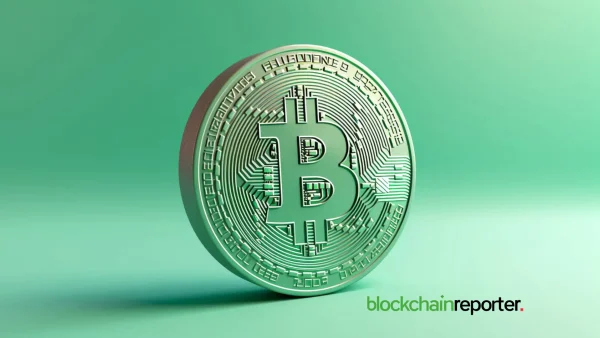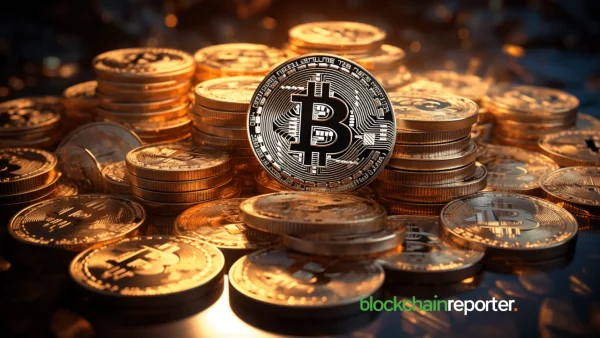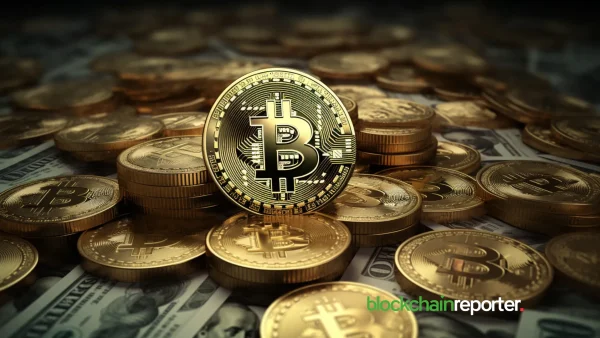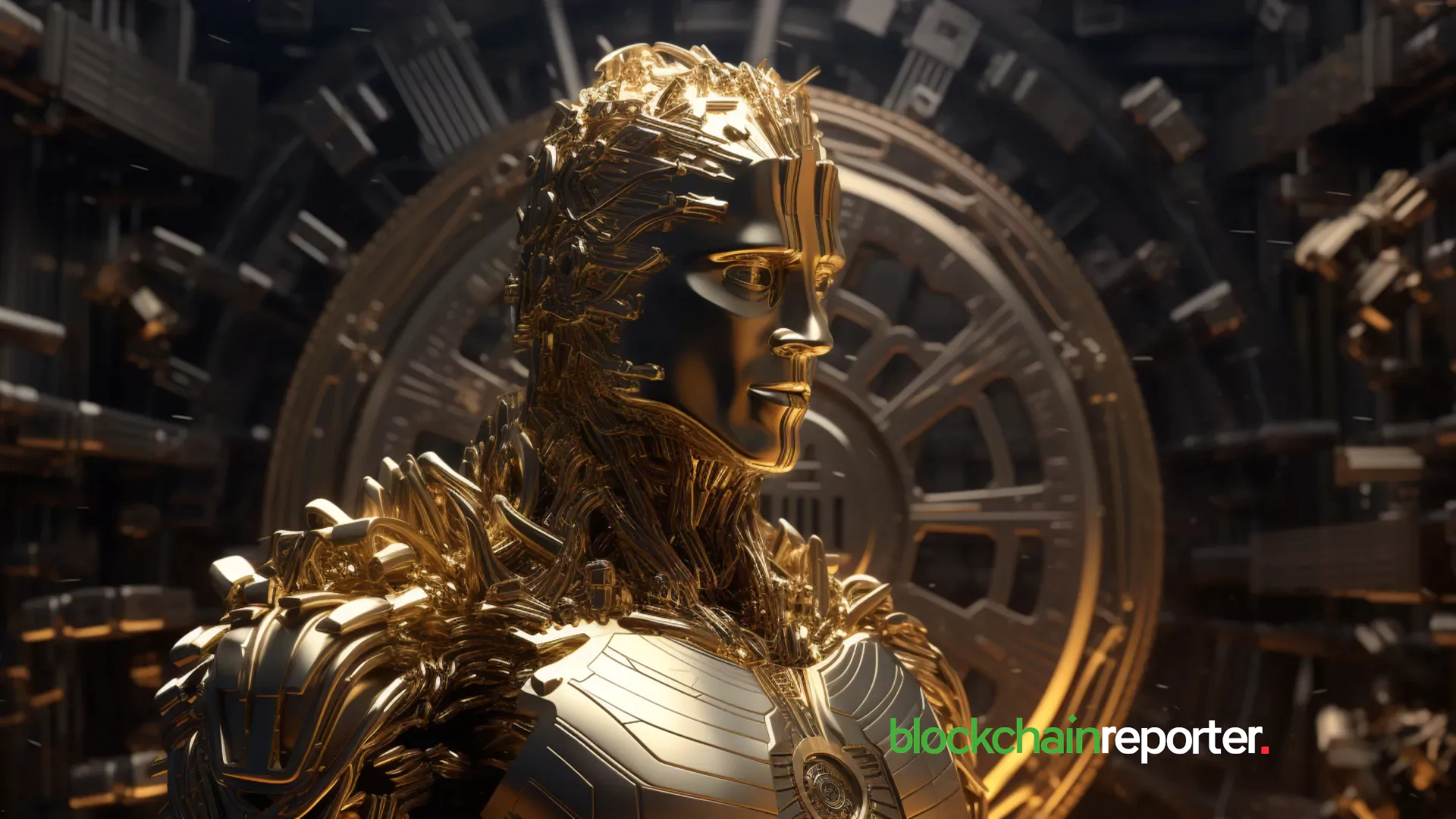
- 0.2. Understanding the Physical Bitcoin
- 0.4. Bitcoin Cold Storage and Security
- 0.6. Physical Bitcoin as a Collectible and Gift
- 0.8. Bitcoin Wallets and Their Varieties
- 0.10. From Collectibles to Investment
- 0.12. Diving Deeper into Bitcoin's Characteristics
- 0.14. The Intricacies of Physical Bitcoins
- 0.16. Exploring the Broader Bitcoin Universe
- 0.18. In Conclusion: The Intersection of Two Worlds
- Understanding the Physical Bitcoin
- Bitcoin Cold Storage and Security
- Physical Bitcoin as a Collectible and Gift
- Bitcoin Wallets and Their Varieties
- From Collectibles to Investment
- Diving Deeper into Bitcoin’s Characteristics
- The Intricacies of Physical Bitcoins
- Exploring the Broader Bitcoin Universe
- In Conclusion: The Intersection of Two Worlds
- FAQ
The digital age has seen countless innovations, but none as disruptive as cryptocurrencies. Among them, Bitcoin stands tall as the pioneering force, often likened to ‘digital gold’. But what many are unaware of is the concept of a physical bitcoin, a tangible representation of this virtual currency. Let’s delve into this world of serialized bitcoins and their importance in the realm of cryptocurrencies.
Understanding the Physical Bitcoin
When you think of bitcoin, the immediate visualization might be of a digital asset, floating somewhere in the vast space of the internet. But there exists a real, tangible version – the physical bitcoin. This concept revolves around having a physical token, often a metal coin or a card, that represents a certain amount of bitcoin. These tokens contain an encrypted private key which, when decrypted, gives access to the digital bitcoin it represents.
Casascius coin, for instance, is a well-known brand of physical bitcoins. These coins became collector’s items and are a great way to understand the bridge between the tangible and digital realms of cryptocurrency.
Bitcoin Cold Storage and Security
One of the primary reasons people are drawn to the idea of physical bitcoins is for bitcoin cold storage. This is a method of storing bitcoins offline, away from potential online hackers. The cryptographic security employed ensures that the bitcoin�s value remains intact. Whether it’s a bitcoin metal coin, a bitcoin bar, or even a serialized bitcoin in another form, this method is one of the most secure ways to store your digital currency asset.
The physical token typically has a tamper-evident seal. If the seal is broken, it often means the bitcoin may have been spent or that its cryptographic security may be compromised.
Physical Bitcoin as a Collectible and Gift
Another fascinating aspect of the physical bitcoin is its value as a collectible. Like a commemorative item or coin from any country, these tokens, especially limited editions like the gold-plated bitcoin or the holographic bitcoin, have become hot items for collectors. The bitcoin commemorative coin and other similar tokens have added a new dimension to cryptocurrency – giving it a physical form factor that can be displayed, gifted, or stored as a tangible asset. It’s not just about the digital-to-tangible conversion; it’s about recognizing the importance and value of bitcoin in our world.
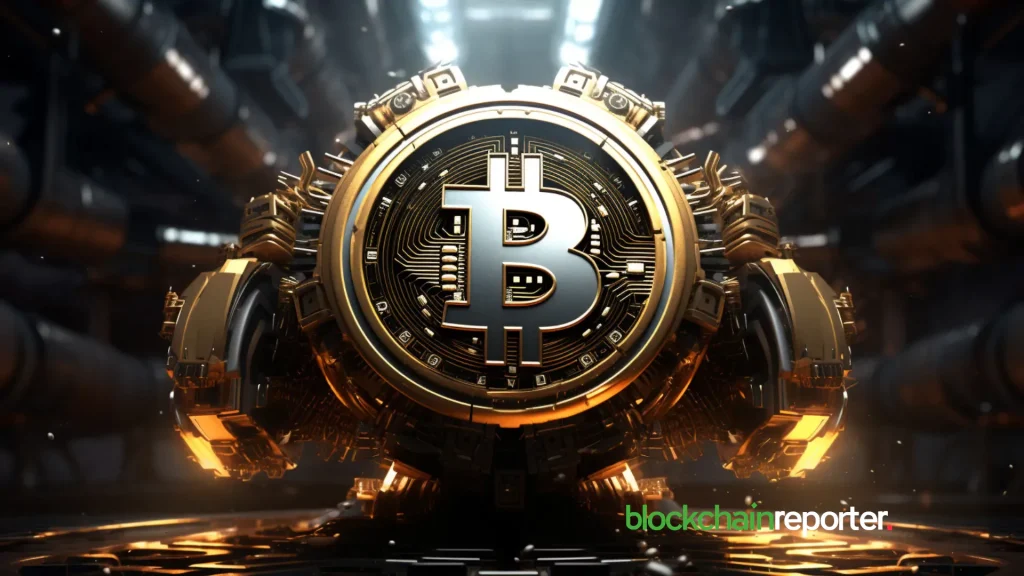
Bitcoin Wallets and Their Varieties
A bitcoin wallet is an essential tool for anyone involved in the cryptocurrency realm. It’s a digital storage solution that holds the bitcoin key pairs essential for transactions. While many opt for online or software wallets, there are offline choices like the Bitcoin paper wallet and hardware wallet. A paper wallet involves printing the bitcoin address and private key onto paper, making it a form of physical wallet backup. On the other hand, hardware wallets are physical devices that securely store users’ private keys, offering robust protection against online threats.
From Collectibles to Investment
Cryptocurrencies aren’t just about trade and transactions; they’ve evolved into a niche for collectibles. Crypto collectibles, like the limited edition bitcoin coin, have gained prominence among enthusiasts. This transition from being a mere digital asset to a collectible cryptocurrency showcases its multifaceted appeal. Many see them not just as collectibles but as a form of crypto investment, banking on their potential value appreciation over time.
Diving Deeper into Bitcoin’s Characteristics
Every bitcoin address is unique, a testament to its secure and decentralized nature. And to enhance the user experience, these addresses can often be translated into BTC QR codes, simplifying transactions by merely scanning them. Another intriguing aspect is bitcoin’s finite supply. Unlike traditional currencies which can be printed based on economic needs, there’s a cap on how many bitcoins can exist, underscoring its scarcity and value.
The Intricacies of Physical Bitcoins
Have you ever wondered about the process behind creating these tangible tokens? The bitcoin mint plays a role in designing and producing these physical representations. With blockchain verification, every physical bitcoin’s authenticity is ensured, bridging the gap between the physical vs. virtual bitcoin world. Furthermore, for those who admire visuals, the cryptocurrency coin display is a treat, allowing enthusiasts to showcase their tokens, be it in professional setups or personal collections.
Exploring the Broader Bitcoin Universe
In the ever-expanding world of bitcoin, concepts like tokenized bitcoin have emerged, where bitcoin’s value is represented in other blockchains. This idea, coupled with innovations like the physical blockchain – a way to visualize or represent transaction data – showcases the versatility and depth of the bitcoin universe. Furthermore, as technology advances, BTC hardware solutions continue to evolve, ensuring better security and functionality. And for those who believe in backups beyond digital realms, the bitcoin metal backup offers another layer of safety, storing essential data in metal forms resistant to natural calamities.
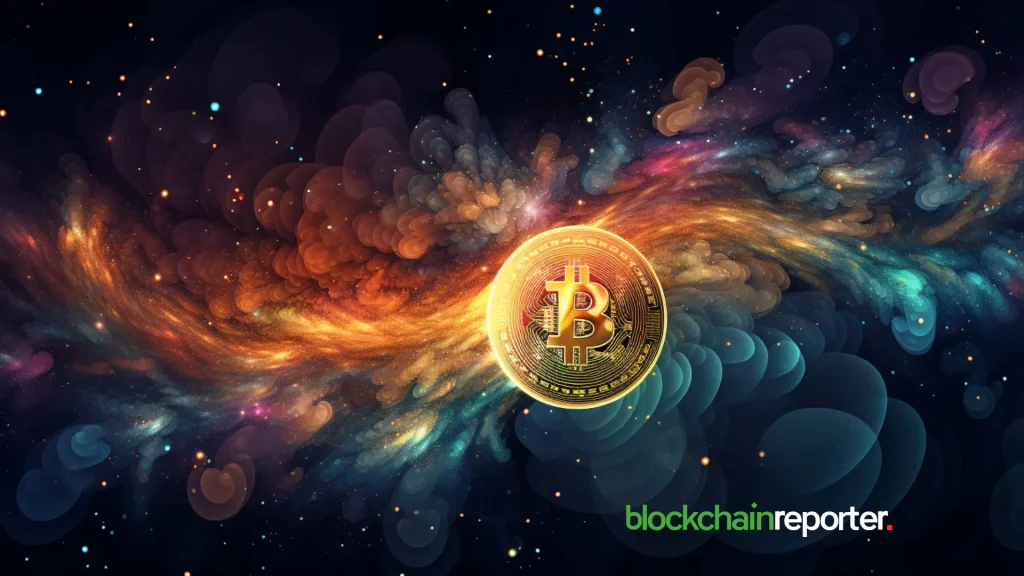
In Conclusion: The Intersection of Two Worlds
Whether it’s for the allure of having a bitcoin tangible asset, the security of offline BTC storage, or the charm of owning a physical crypto token, physical bitcoins have bridged the gap between the traditional and the modern. They offer a unique way to understand and appreciate the blend of the old and the new: a real coin with BTC value, a blockchain in the physical world, and a testament to how far we’ve come in the world of finance and technology.
By understanding the concept behind physical bitcoin, one gains a broader perspective on the world of cryptocurrencies. From its cryptographic intricacies to its physical representation, it’s a testament to the evolving nature of currency and value in our digital age.

